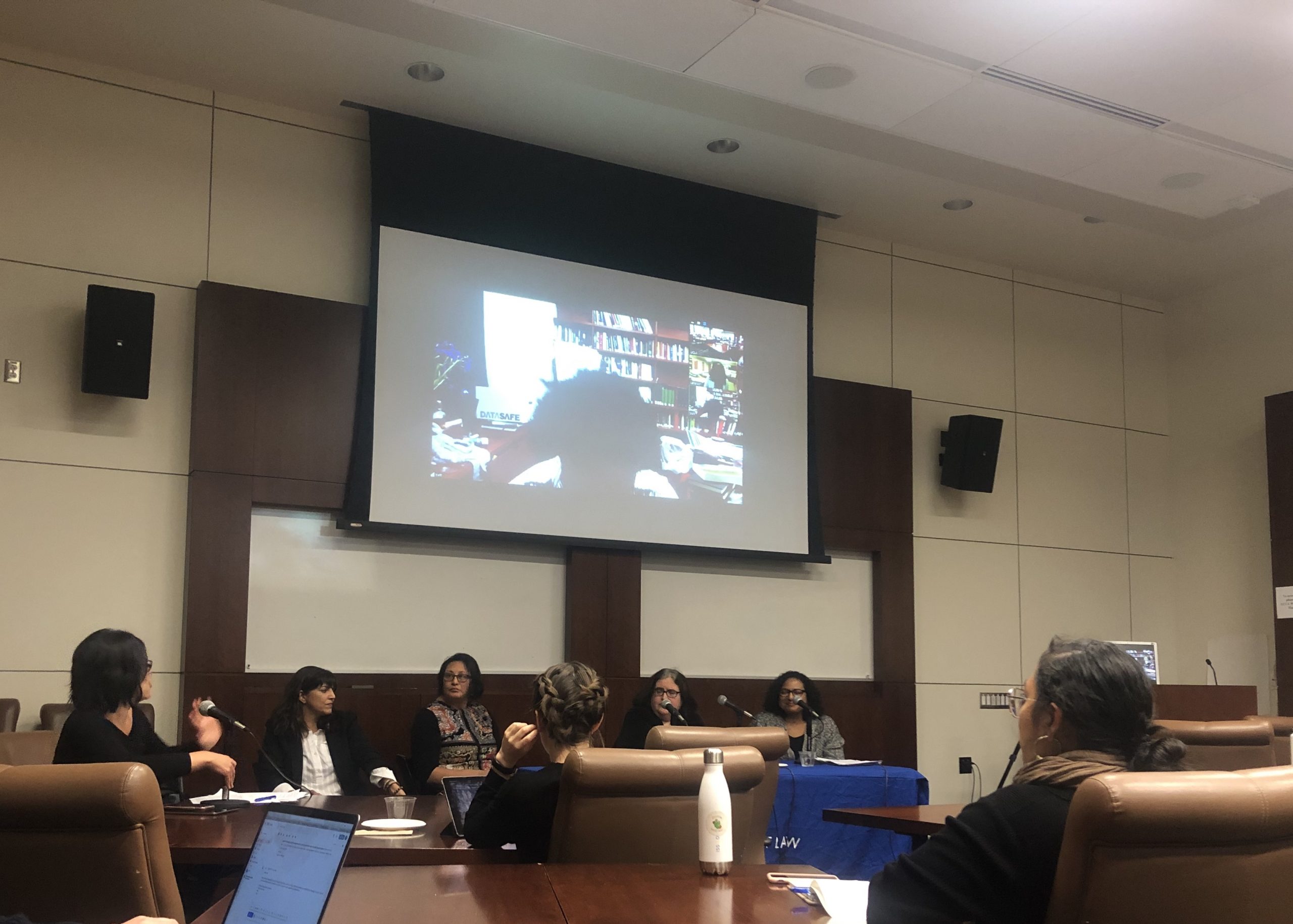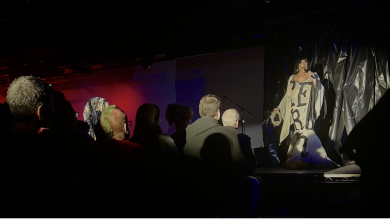UCLA Faculty Research Looks at the Intersection of Disability and Critical Race Theory

On Tuesday, Feb. 11, the UCLA School of Law hosted a discussion on the often undiscussed intersections between disability studies and critical race research. At this panel, law professors Beth Ribeet, Jyoti Nanda, and Kaaryn Gustafson discussed their collaboration on a paper called “Critical Race/Disability Theory.” Through their work on the paper in progress, the three professors examined how race and disability marginality have commonalities such as stigma, trauma, a likelihood for early death, and subordination due to white supremacist ideas.
At the beginning of the lecture, Professor Beth Ribeet, whose research focuses on how subordination, violence, and inequity create further injury within society, presented the context of the paper. Throughout her presentation, Professor Ribeet emphasized that the term “disability” refers to a social process. “Disablement is used to describe the process of turning a person who has a body and psyche into a disabled person,” she explained, “as someone who is undervalued in capitalist economies and forced to navigate often inadequate medical institutions.”
However, the research of Ribeet, Nanda, and Gustafson pushes back against stereotypical ideas of disablement by citing examples of mental, intellectual, and physical disabilities. “Not every disability has to be the result of disablement,” explained Professor Ribeet, “We need a second definition to look at the context of subordination due to the intersections of racism, labor exploitation, gender, and economic factors in wearing on a person’s body. These social conditions and lasting subordination can become a disability.”
The panel further broke down how trauma stemming from social inequality, racism, and/or violence can become a disability. In what the paper refers to as the “process of disablement,” the professors explained that there are five steps from which instances of racism can turn into a physical, mental, or intellectual disability: injury, social response, embodied harm, interference, and exclusion. According to Ribeet, trauma from an instance of racism and violence, like police brutality, manifests into a form of disability when society does not provide help for its victims. The event of police brutality becomes embodied when the victim is unable to access any social resources such as healthcare, mental health support, legal services, or time off from work. This lack of resources can then wear down on the person’s mind and body and turn into an inability to survive economically.
“Disability is the salt in the wound of the people who’ve suffered racism,” added Ribeet. “The initial harm becomes disablement after the subordination breaks you down and society does not help you recuperate. The body and psyche have changed and this can interfere with one’s ability to socialize and succeed economically.”
“Being labeled as a disabled person has been a weapon used against people of color,” added professor Nanda. The panel then discussed how the idea of disability has been used to reinforce white supremacy and continue the structural subordination of people of color. Throughout the presentation, all of the professors emphasized how the concept of a “normal and a good” person was defined by European colonists and white supremacists. “Disability was defined by what was not white and presumed to be inferior,” added Ribeet, “As a result, disability has been coded as not white, with white being coded as good.”
The respondents who sat in on the panel provided further suggestions on how to continue the investigation of the relationship between racism and disablement. Camille Nelson, Dean of American University Washington College of Law, suggested that the paper should dive further into the abusive nature of racism and its intergenerational impact on the physical and mental health of people of color. She was particularly concerned with how the police treat people of color with mental vulnerabilities as threats. “Twenty-five percent of people of color who are police fatalities have mental vulnerabilities. There is a reluctance to engage in mental health resources and a lack of diversity in medical institutions.” Juliana Nessie, who is an assistant professor of gender studies at UCLA, further urged the authors to think of the relationship between disability and the historical trauma of indigenous people. “Losing your language and land is also a disability,” Nessie added.
The ultimate goal of the three women’s paper is to analyze the relationship between race and disability while challenging racist assumptions that disability is a sign of inferiority within people of color. “No one has been studying the intersections of disability and race. The most basic thing we can do is more research on disability,” concluded Professor Gustafson at the end of the presentation. “Disability rights have largely been a white movement. People of color with disabilities have been ignored or written out. We need their narrative accounts.” Although Ribeet, Nanda, and Gustafson’s paper is still in the early stages of development, they hope that their findings will encourage more conversations between critical race theory and disability scholars.




